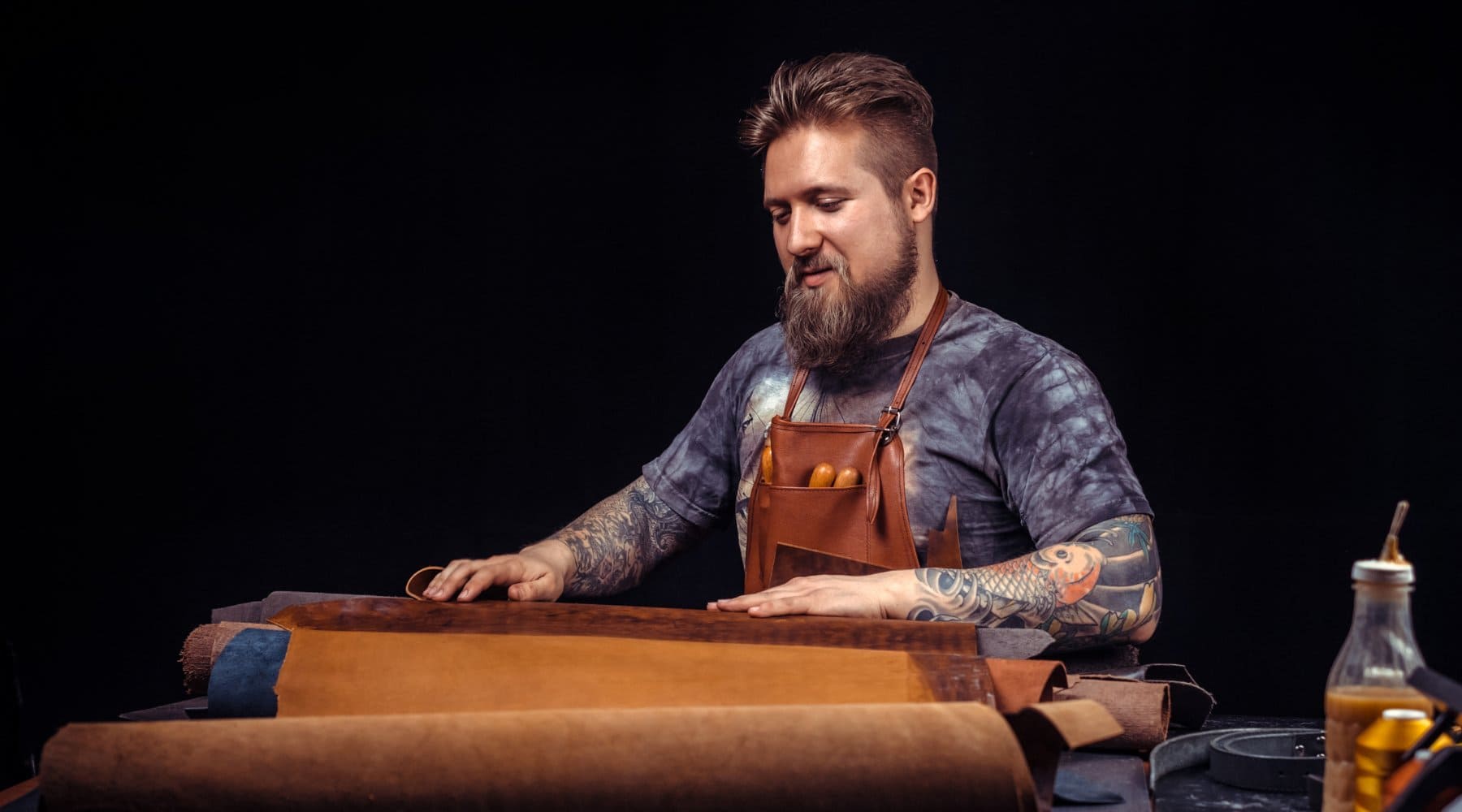
How is leather made? - A look behind the scenes
Hello and welcome to our blog! I am Ralf Wagner, a passionate bag maker from Hamburg with over 15 years of experience in leather processing. Today I would like to give you a comprehensive insight into the fascinating world of leather production. This process, which transforms raw animal hides into high-quality leather products, is as complex as it is fascinating. And of course we will also present some of our exclusive Wallton products that are created through these traditional processes.
1. Raw material and preparation
The journey of leather begins with the sourcing of hides and skins, which are often

are a by-product of the food industry. These raw materials are either freshly chilled or salted to preserve them during transportation
preserve.
2. Cleaning and soaking
Once at the tannery, the hides are thoroughly cleaned to remove dirt and preservatives. This step, also called "soaking," ensures that the hides regain their natural moisture content and are prepared for further processing.
3. Liming and fleshing
Liming now follows, in which hair and the top layer of skin are removed by adding lime and sulfur compounds. Afterwards, meat residues and non-collagenous proteins are removed from the skin using sharp blade rollers. These steps optimally prepare the skin for tanning.
4. Tanning
Tanning is the central step in which the skin is transformed into leather. Various methods are used here:
- Chrome tanning: This quick method uses chromium salts and accounts for around 75-80% of global leather production. The leather has a bluish-gray color and is very stable.
- Vegetable tanning: Natural tannins such as bark and fruits are used. This process takes longer, but gives the leather a beautiful brownish color and is more environmentally friendly.
5. Splitting and dressing
After tanning, the leather is split into different layers. The

The upper grain layer is used for high-quality products such as smooth leather, while the lower layer of flesh is processed into suede. This is followed by several steps of retanning, dyeing and impregnation to give the leather its final properties.
6. Drying and finishing
The leather is now dried and further processed. This includes withering, which removes excess water, and milling to soften the leather. Finally, the leather is dyed, refined and, if necessary, embossed to achieve the desired texture and look.
7. Cutting and quality control
In the final step, the leather is cut and processed into various products such as bags, shoes or furniture. Strict quality control ensures that only the best pieces leave the workshop.
Our exclusive Wallton products
At Wallton we place particular emphasis on quality and design. Here are some highlights from our range:
- Travel Pioneer Leather Backpack: Made from high-quality full grain leather, this backpack is the perfect companion for anyone who values style and functionality. It offers plenty of storage space and is ideal for travel or everyday use.
- Leather travel bag with shoe compartment: Also made of full grain leather, this travel bag not only offers elegant design, but also practical functionality. A separate shoe compartment ensures that your clothes always stay clean.
Visit our website Wallton.de and discover the diversity of our

of handmade leather products. From wallets to travel bags to backpacks and accessories - with us you will always find the perfect piece for every occasion.
I hope you enjoyed this insight into the art of leather making! Leather is an incredibly versatile and durable material that requires a lot of expertise and care to create. If you would like to find out more about leather and our products, stay tuned for more exciting articles.
See you next time,
Ralf Wagner


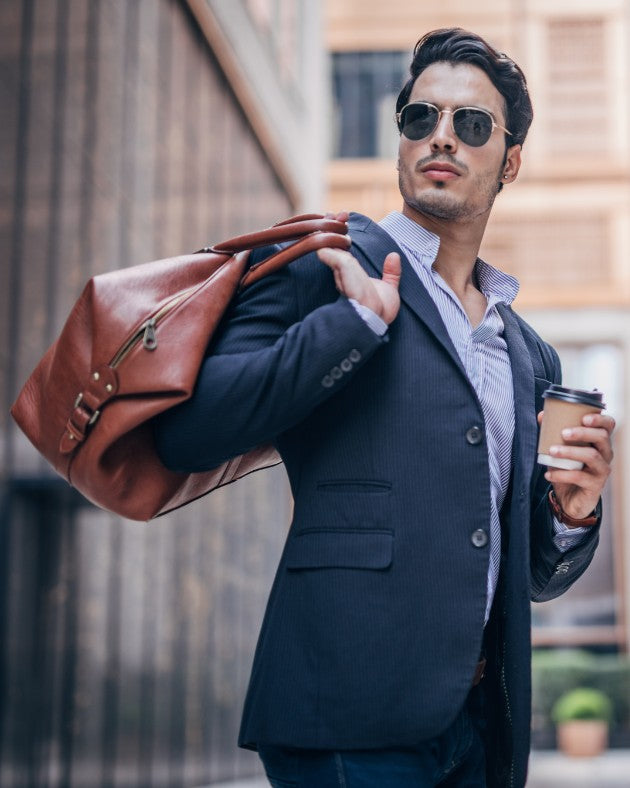
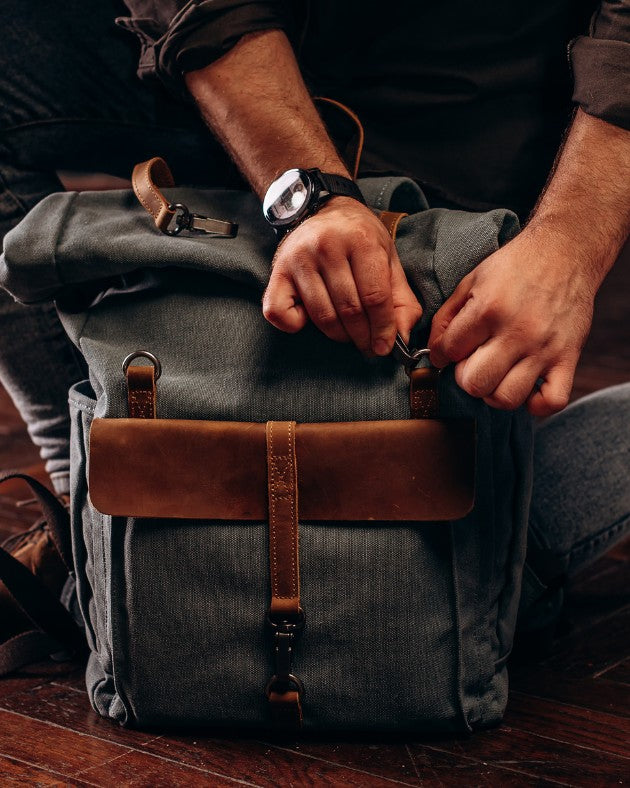
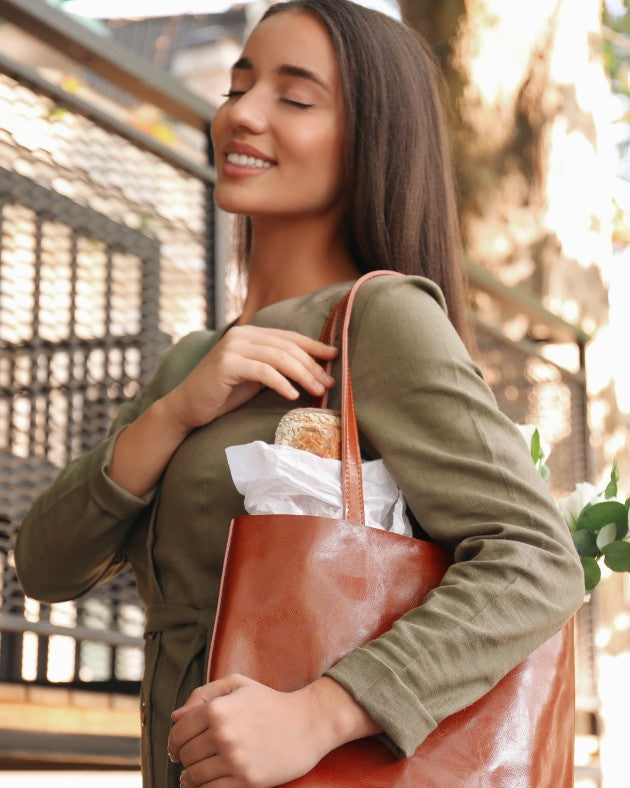
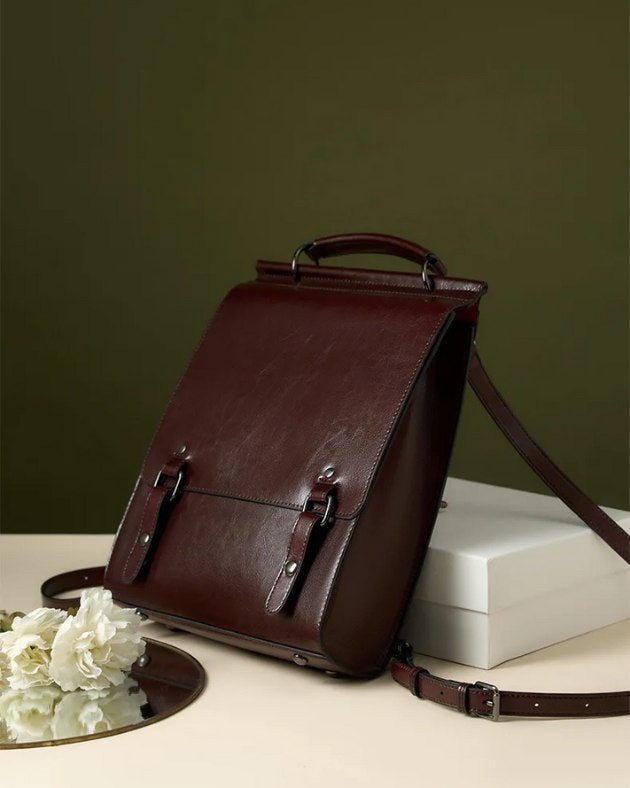
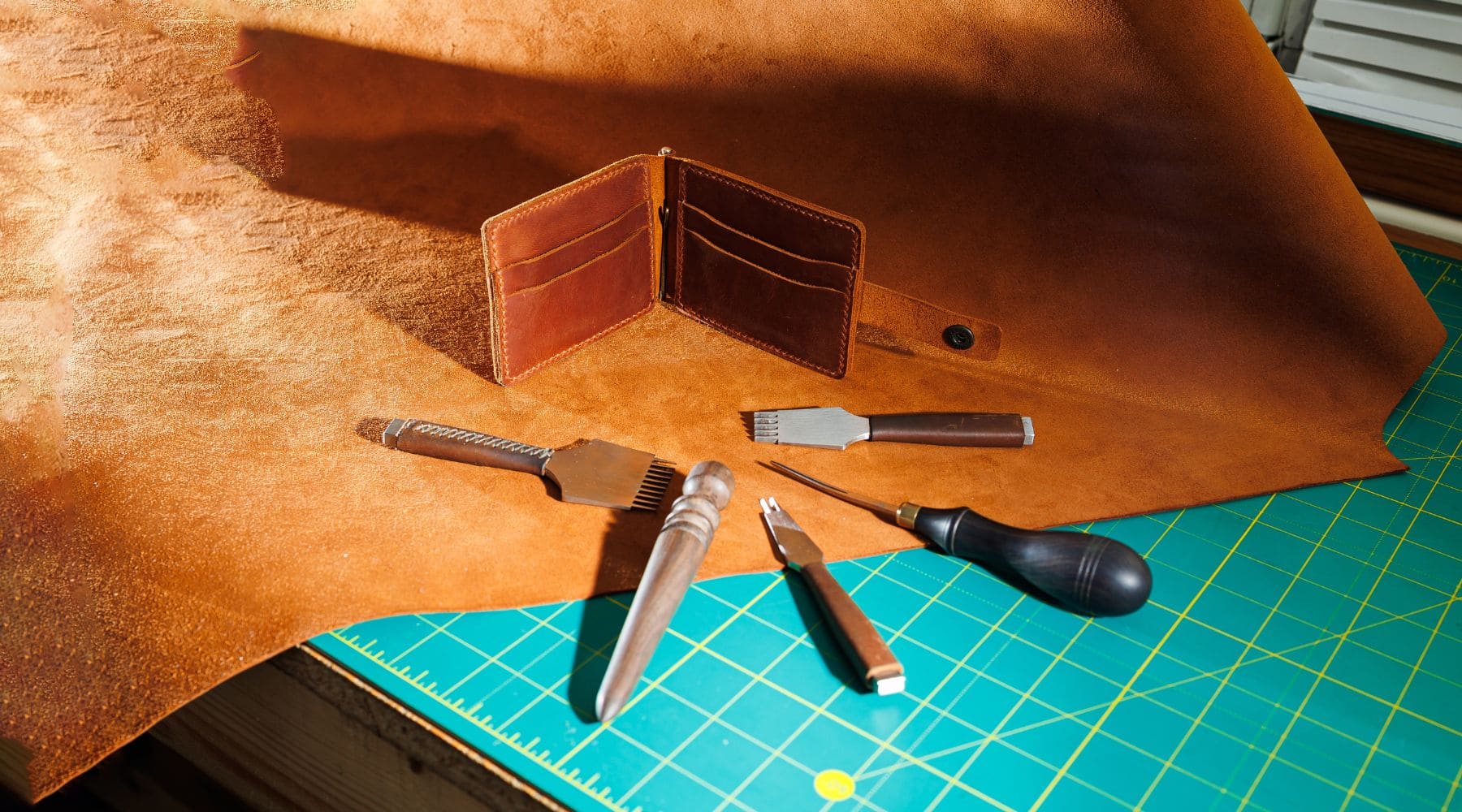
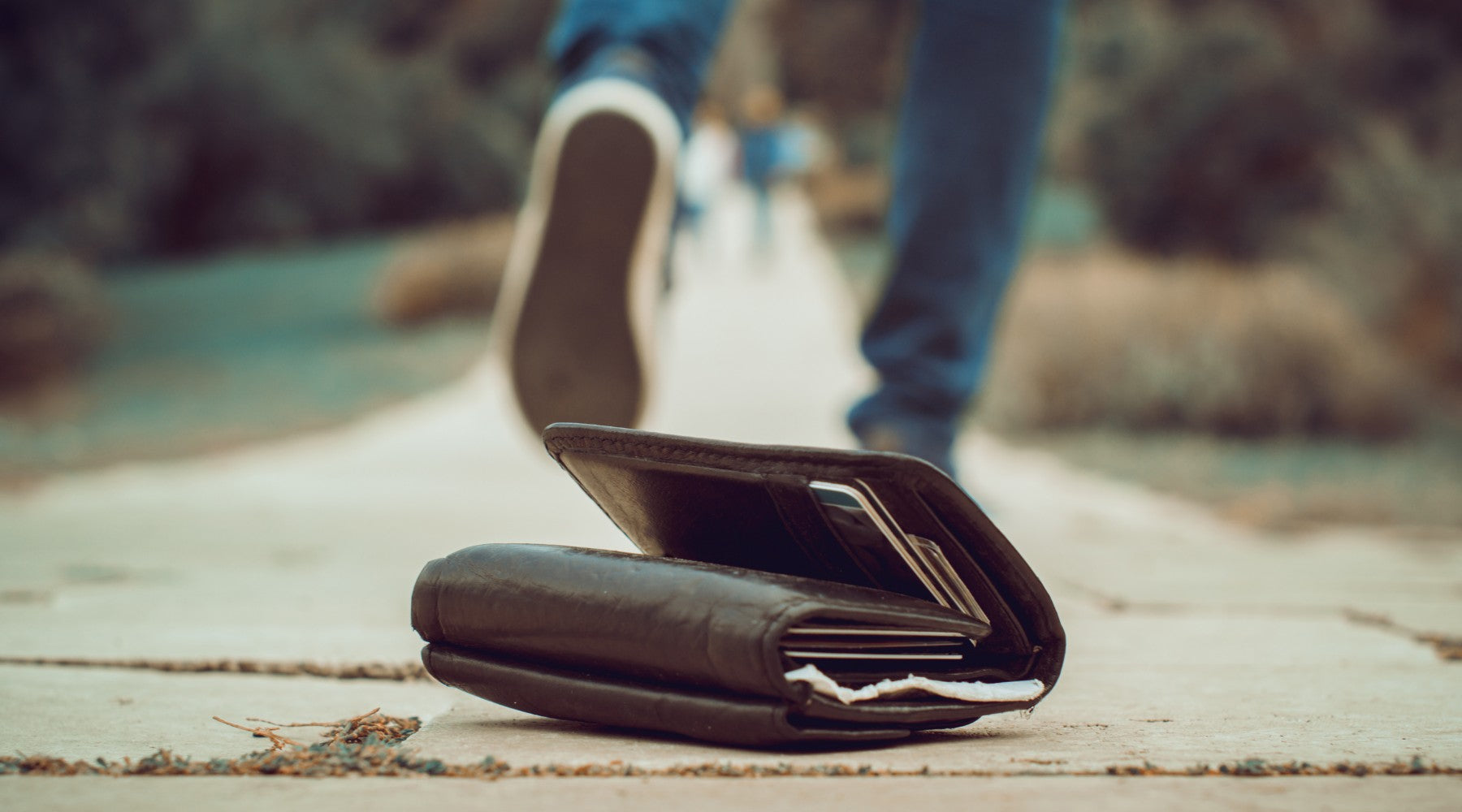
Leave a comment
This site is protected by hCaptcha and the hCaptcha Privacy Policy and Terms of Service apply.